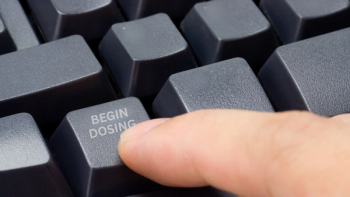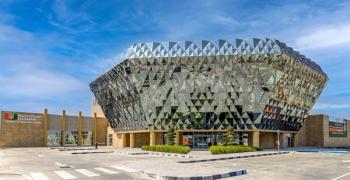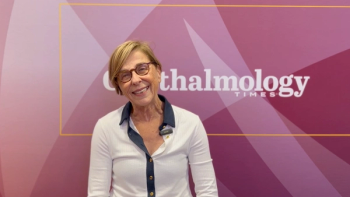
Sutureless transconjunctival 20 g pars plana vitrectomy
Sutureless transconjunctival 20 g ppv is, according to this study, an ideal technique for all vitreoretinal surgeries.
Key Points
Minimally invasive techniques have been introduced across virtually the whole spectrum of surgery. In ophthalmology sutureless operating techniques in cataract surgery and recently in vitrectomy offer less postoperative inflammation, shorter intraoperative and recovery time. In this article is reported the evaluation, feasibility and safety of the Sutureless Transconjuctival 20 Gauge Vitrectomy (20 STV).
How the technique works
Subconjunctival antibiotics and corticosteroids are used at the end of the procedure. Few fluid filled eyes had minimal leakage of fluid. Eyes with air or gas fill are less likely to be hypotonous at the end of theoperation. Eyes that ended up with silicone oil had no leakage at all due to higher viscosity of the oil. The pressure of the eyes at the end of the operation was either normal or slightly low. In cases where hypotony was noticed additional air or fluid was injected through pars plana with a 27 gauge needle. Slight chemosis occurred in a few cases.
Newsletter
Get the essential updates shaping the future of pharma manufacturing and compliance—subscribe today to Pharmaceutical Technology and never miss a breakthrough.















































